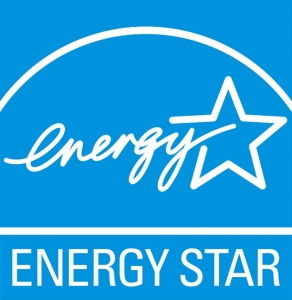 Trouble meeting the LEED Energy Star score requirement?
Trouble meeting the LEED Energy Star score requirement?
There is an exciting new pilot credit available for satisfying the minimum energy performance in the LEED for Existing Buildings: O&M Rating System. Buildings not able to meet the LEED EAp2 minimum ENERGY STAR score of 69 have a possible path to certification using Pilot Credit 67 (EApc67).
So what is the fine print?
To earn the pilot credit, and by extension EAp2, buildings must demonstrate an energy improvement of 20% over a 12-month period, as compared to a three-year baseline. Buildings must have four consecutive years of energy use data. Act now, as this approach is only available to the first 500 projects and only for buildings that meet one of the ENERGY STAR eligible building types. Buildings are not able to achieve LEED certification beyond the Certified level.
Lock in your spot now for the pilot credit. Register your building for certification, then register your participation in the pilot credit. The USGBC will support buildings entering LEED EBOM through this performance option in achieving continuous improvement through the LEED Recertification program.
EApc67: Pilot alternative compliance path details
Intent
To establish the minimum level of operating energy efficiency performance relative to typical buildings of similar type to reduce environmental and economic impacts associated with excessive energy use.
Requirements
- The pilot ACP is only available to projects from ENERGY STAR eligible building types.
- Certification level cap: projects using this pilot ACP may not earn any points under EAc1 and are not able to achieve LEED certification beyond the Certified level.
- Buildings entering LEED EBOM through this performance option are required to show continuous improvement through the LEED Recertification program.
Performance
- Demonstrate at least a 20% energy efficiency improvement, measured by source energy use intensity (EUI), normalized for climate and building use.
- The percent reduction is determined by the project building’s energy reduction over the most recent 12 months, and data from three contiguous years of the previous five represents the baseline period.
Can my building earn certification using this approach?
The Compass Group is well-versed in Sustainability, LEED for Existing Buildings and the EA pilot credit. To learn more about LEED for Existing Buildings and the pilot credit, and to determine the best next step for your project, contact:
Dirk Mason, LEED AP O+M
Principal, The Compass Group
608-345-6558
dmason@thecompassgroup.net
Who is The Compass Group? And what do they know?
The Compass Group is a consulting firm focused on sustainability. This includes sustainable building operations and management, LEED for Existing Buildings, emissions, and organizational benchmarking as core focus areas. The Compass Group provides strategic sustainability services to companies, building owners and operators, and organizations worldwide.
The Compass Group has deep expertise in sustainability and LEED for Existing Buildings. We serve all commercial and institutional organizations. We are market leaders in LEED-EB recertification.
The Compass Group was founded in 2013 by a team that has worked together for more than six years, and brings 60 years of sustainability experience, of which 29 are focused on LEED.
We focus on addressing sustainability as a strategic opportunity to help our clients save money, reduce risk, and gain marketplace recognition while improving the planet. The Compass Group is focused on truly integrating sustainability into ongoing operations. We help clients to make decisions that strike a balance between their sustainability goals and their economic needs.